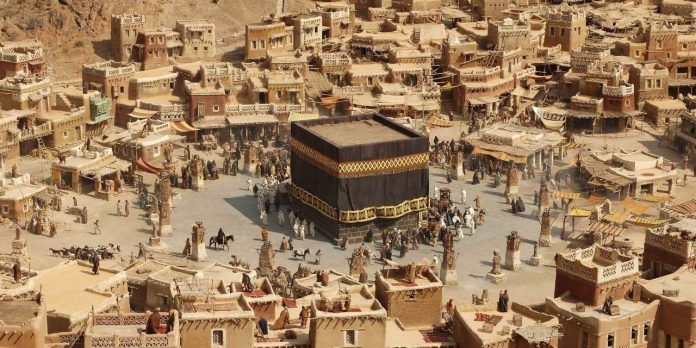Özet
Silm-(selm) kökünden türeyen ve teslim olmak, kurtuluşa ermek manasına gelen İslâm, Allah’ın Hz. Muhammed (s.a.v.) vasıtasıyla tüm insanlığa gönderdiği son dindir. İbrahimî dinlerden birisi olan İslâm, 610 yılında Mekke’de vahiy meleği Cebrail’in (as) Hz. Peygamber’e (s.a.v.) ilk vahyi getirmesi ile başlamıştır. Günümüzde dünya çapında en büyük dinlerden birisi olan İslâm’ın yaklaşık 1,8 milyar inananı bulunmaktadır. Yazıda, miladi yedinci yüzyılda meydana gelen gelişmeler, toplumun fay hatlarını dikkate alarak sosyal, kültürel ve siyasal vb. perspektiflerden değerlendirilecektir. Amacımız okuyucunun cahiliye dönemi öncesi ve sonrası toplumsal değişimleri algılamasına vesile olmaktır. Öncelikle yedinci yüzyıl İslam dünyası ve onu çevreleyen fiziki coğrafya üzerinde durulacak ardından bu yüzyılda meydana gelen siyasi ve kültürel gelişmeler aktarılacaktır.
Anahtar Kelimeler: Fay Hatları, Toplum, Hz. Muhammed (sav), Cahiliyye, İslam.
Abstract
Islam, which derives from the root silm-(selm) and means surrender and attaining salvation, is the name of Allah’s Prophet. It is the last religion that he sent to all humanity through Muhammad. Islam, one of the Abrahamic religions, was sent to the Prophet by the angel of revelation Gabriel in 610 in Mecca. It started with the first revelation to the Prophet. Today, Islam, one of the largest religions in the world, has approximately 1.8 billion followers.In the article, the developments that took place in the seventh century AD, taking into account the fault lines of the society, social, cultural and political etc. perspectives will be evaluated. Our aim is to enable the reader to perceive the social changes before and after the period of ignorance. First of all, the seventh century Islamic world and the physical geography surrounding it will be emphasized, and then the political and cultural developments that took place in this century will be conveyed.
Keywords: Fault Lines, Society, Hz. Muhammad (pbuh), Jahiliyyah, Islam.






xAwoz7P6EQL
2nVy6PbgXxb